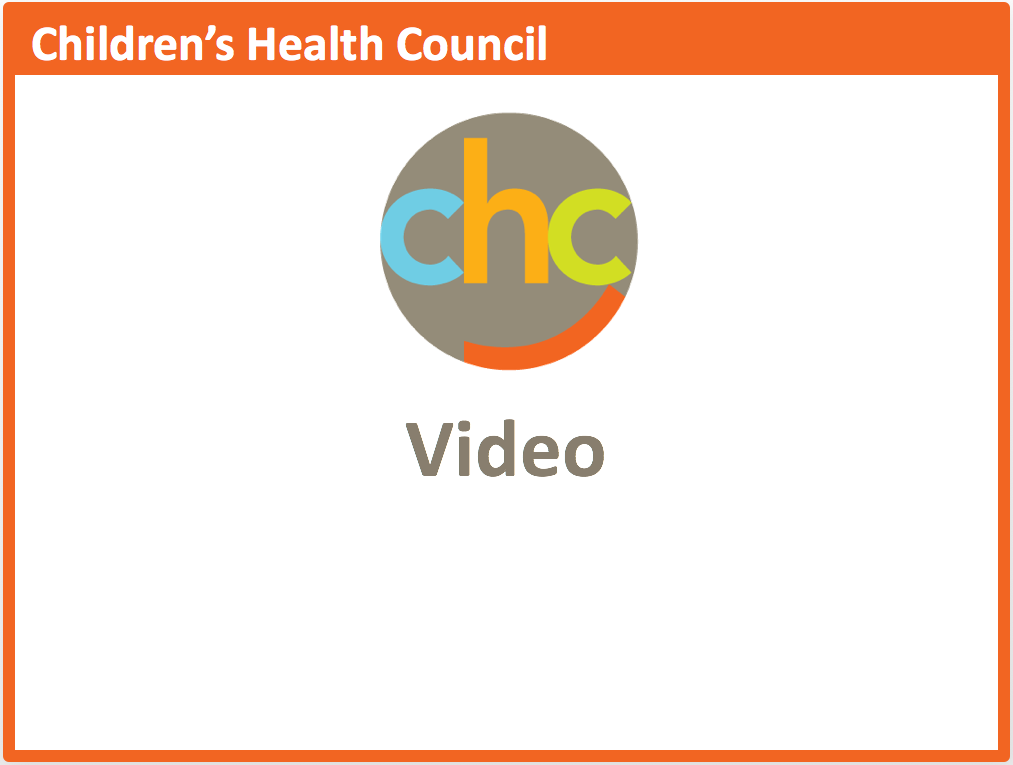 Most of us doodle at one time or another… Sketchnoting, or visual note-taking, can transform those doodles into a tool that helps our students deepen their understanding of a concept. Are you interested in bringing visual note-taking into your classroom? Read on!
Most of us doodle at one time or another… Sketchnoting, or visual note-taking, can transform those doodles into a tool that helps our students deepen their understanding of a concept. Are you interested in bringing visual note-taking into your classroom? Read on!
Why Teachers Are So Excited About the Power of Sketchnoting
Once a month, Rayna Freedman’s fifth-graders present their genius hour projects. They get to explore anything that interests them and present what they’ve learned to the class in whatever way they want. Freedman likes genius hour projects because students often get more excited about researching and sharing their knowledge about a topic that interests them. But she was never sure what the other kids were getting out of listening to the presentations.
One day she noticed a student in the back of the class drawing during the presentations. She went over, ready to reprimand him for not paying attention, but instead asked him what he was doing. He explained he doodles what his classmate is talking about to help him remember later. A lightbulb went on for Freedman.
“I thought that if the kids had a way to show me what they were learning, I would know what other kids were getting out of it,” Freedman said during a presentation on how she uses sketchnoting in her classroom at the Building Learning Communities conference.
Freedman uses sketchnoting resources on the website of Sylvia Duckworth, a former teacher and author who has become a sketchnoting celebrity. Duckworth breaks down the elements of a sketchnote like icons, containers and font to help the artist think about organizing the sketch. Freedman has found those tools help her students organize their thinking as well.

Sketchnoting With Special Needs Students
Carrie Baughcum teaches students with special learning needs at South Middle in Arlington Heights, Illinois. Her students have a range of disabilities from motor challenges, to language challenges, to emotional and behavioral issues. She usually has students for English, math, social studies and a resource class, but they are integrated into other subjects throughout the day. And, as they become more independent learners throughout their time in middle school, they often transition out to the general classroom more often.
Before Baughcum discovered sketchnoting, she used a fairly traditional approach with her students. She was focused on building their comprehension skills and did a lot of skill practice with them. She always saw gains and made solid progress on her students’ Individualized Education Programs (IEPs), but she hadn’t done a lot of thinking about how to get them excited about what they were learning.
Her students didn’t have a lot of experience visualizing, but once she started asking them to do so, and they got comfortable with the idea, Baughcum has seen the practice deepen their comprehension. But, she cautions, it doesn’t always look how she expects. She’s even written a guide to sketchnoting in the classroom called My Pencil Made Me Do It.
Baughcum doesn’t care what the drawings look like, as long as her students can talk about the ideas they represent. She never gives feedback on the drawings themselves, only on the thinking. She often spots misconceptions in the drawings her students have made —valuable information for her— but also opportunities to discuss editing the drawing to fill in those comprehension holes.
Excerpted from “Why Teachers Are So Excited About the Power of Sketchnoting” in MindShift. Read the full article to learn more about this practice along with some tips for implementing sketchnoting in your classroom.
Source: MindShift | Why Teachers Are So Excited About the Power of Sketchnoting, https://www.kqed.org/mindshift/54655/why-teachers-are-so-excited-about-the-power-of-sketchnoting | Copyright © 2019 KQED INC
The second edition of How to Sketchnote by Sylvia Duckworth is available now. Learn more about it.
CHC offers free community education sessions for educators. Join us to learn practical teaching strategies you can use in your classroom to help more kids reach their promise and potential. Educator sessions are led by experienced educator/clinician teams from Sand Hill School and CHC.



